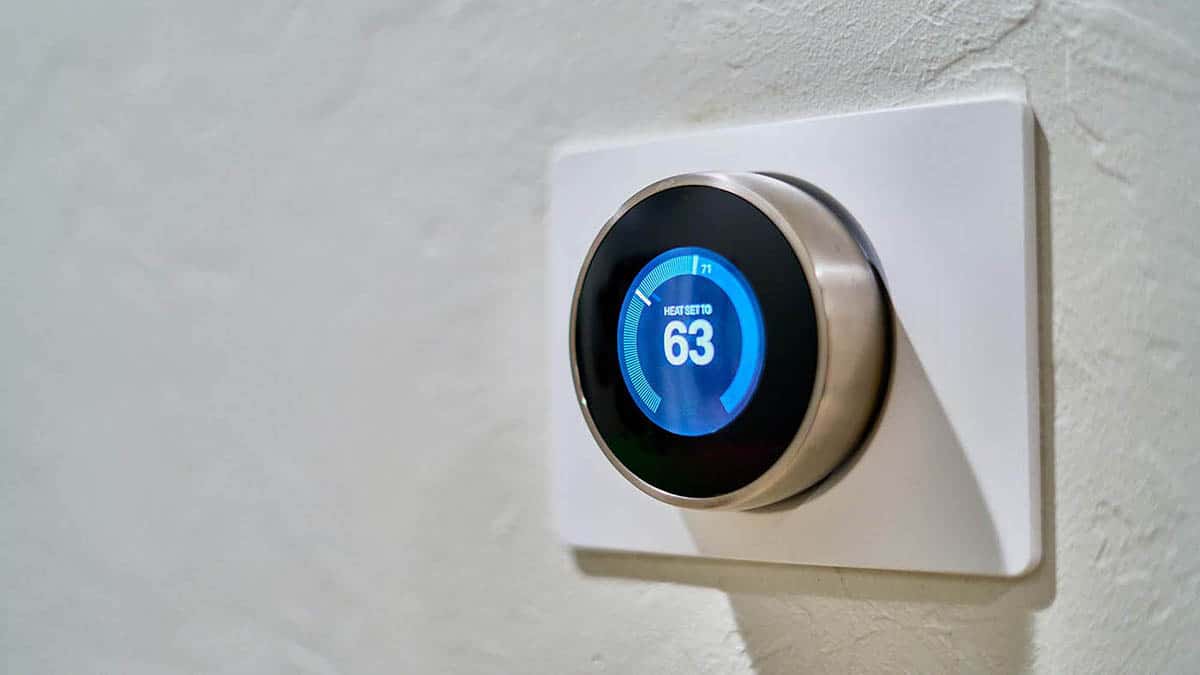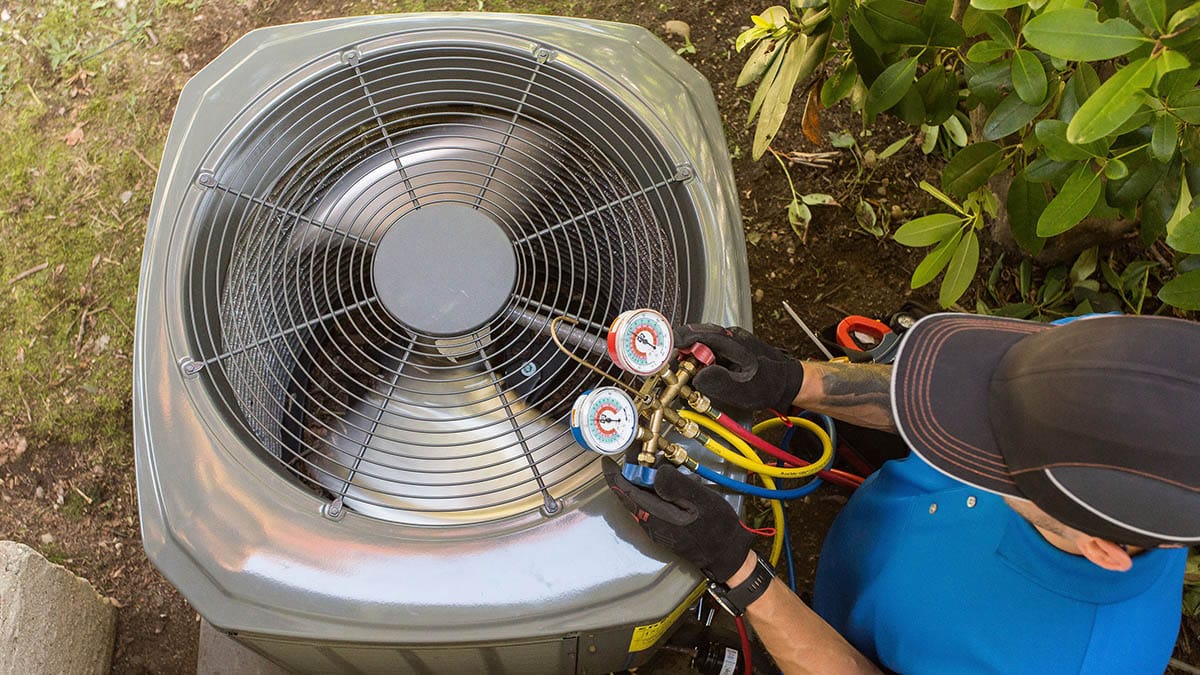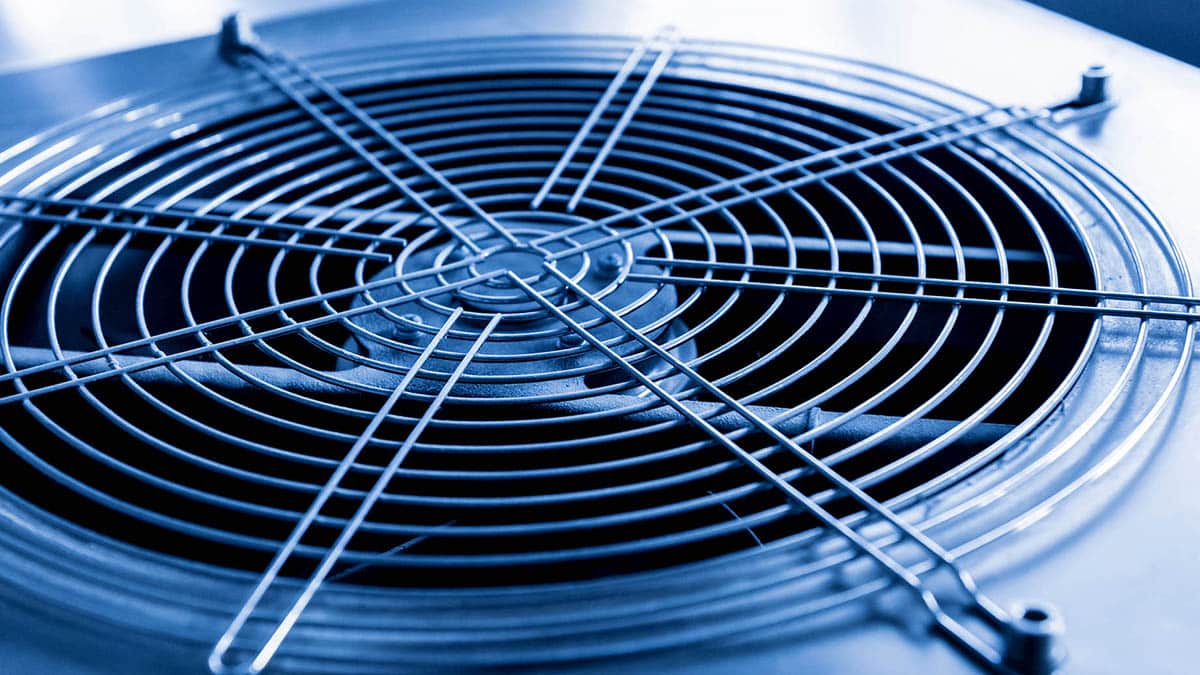Upgrade Your Comfort with Helpful Tips from Our Blog
Looking for other ways to improve your sense of comfort at home? We’re always sharing industry news and insider tips on our Blog. Check out our newest updates today!
Summer vacations are an opportunity to unwind and enjoy a break from the daily grind. Before you head out, ensure that the house and HVAC system are prepared for while you’re gone. Some prep work goes a long […]
Many homeowners prefer central air conditioning these days, but the AC’s outdoor cabinet isn’t exactly the aesthetic feature people like having in their yard. Do you want a cool, comfortable interior without ruining the yard’s look with a […]
You rely on your home’s plumbing system to support daily chores and plumbing fixtures, but potential problems can hide everywhere. Luckily, you can prevent clogs, leaky pipes and water damage with a little routine care. Here’s the way […]
During the heat of the summer, you count on your HVAC system to keep your home cool and safe from the worst of the heat. But even then, the AC unit may encounter issues as day-to-day use goes […]
Your thermostat is set to “heat” mode but the furnace refuses to turn on. This is quite frustrating, not to mention uncomfortable. Even more disconcerting is not knowing the reason. Here, we’ll detail why the thermostat says the heat […]
Often times it is assumed that generally, all air conditioners are the same. In theory, this is a statement of fact, as the general purpose of these systems is to remove hot air from inside a home, chill this […]
Perhaps the most important piece of equipment in your Phoenix home is your air conditioner. Your air conditioning system helps to keep your home at the perfect temperature so your family has the level of comfort that they […]
It’s called a fatberg. In London, sewage workers pulled a fatberg from the drains that were reported as 800 feet long and weighed approximately 130 metric tons, the size of 11 double-decker buses. Essentially, a fatberg is just what it […]
While the frequency for repairing or servicing your AC unit will depend on how big it is, how old it is, and how much you make it work, regular maintenance is good. When you hear an AC compressor noise, you should […]
If water flows into your home or business, it can look like a roof leak. A roof air conditioner can leak as well. Since air conditioners run pretty much constantly in the Phoenix area, this is a real possibility. Leaks from […]










